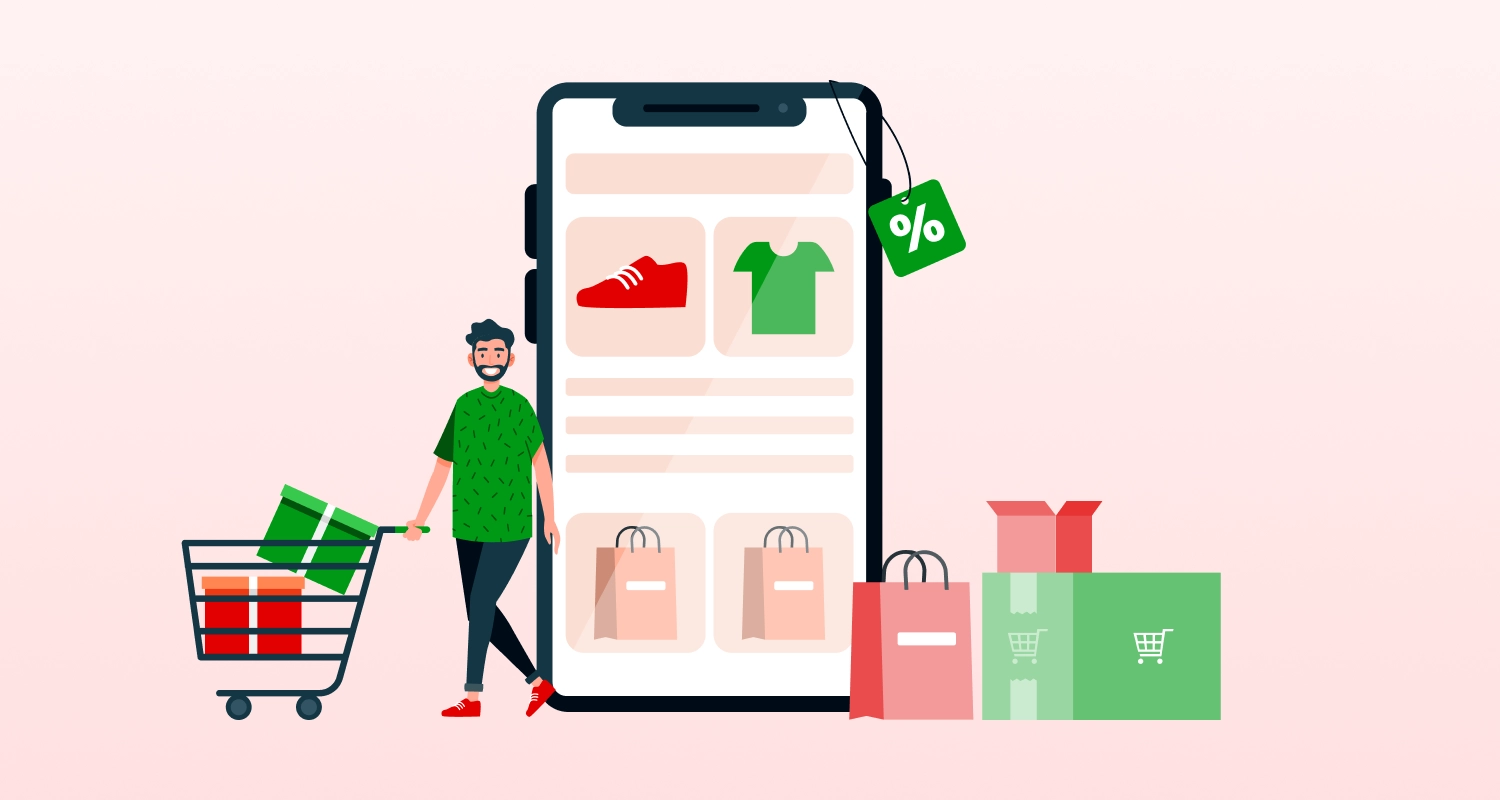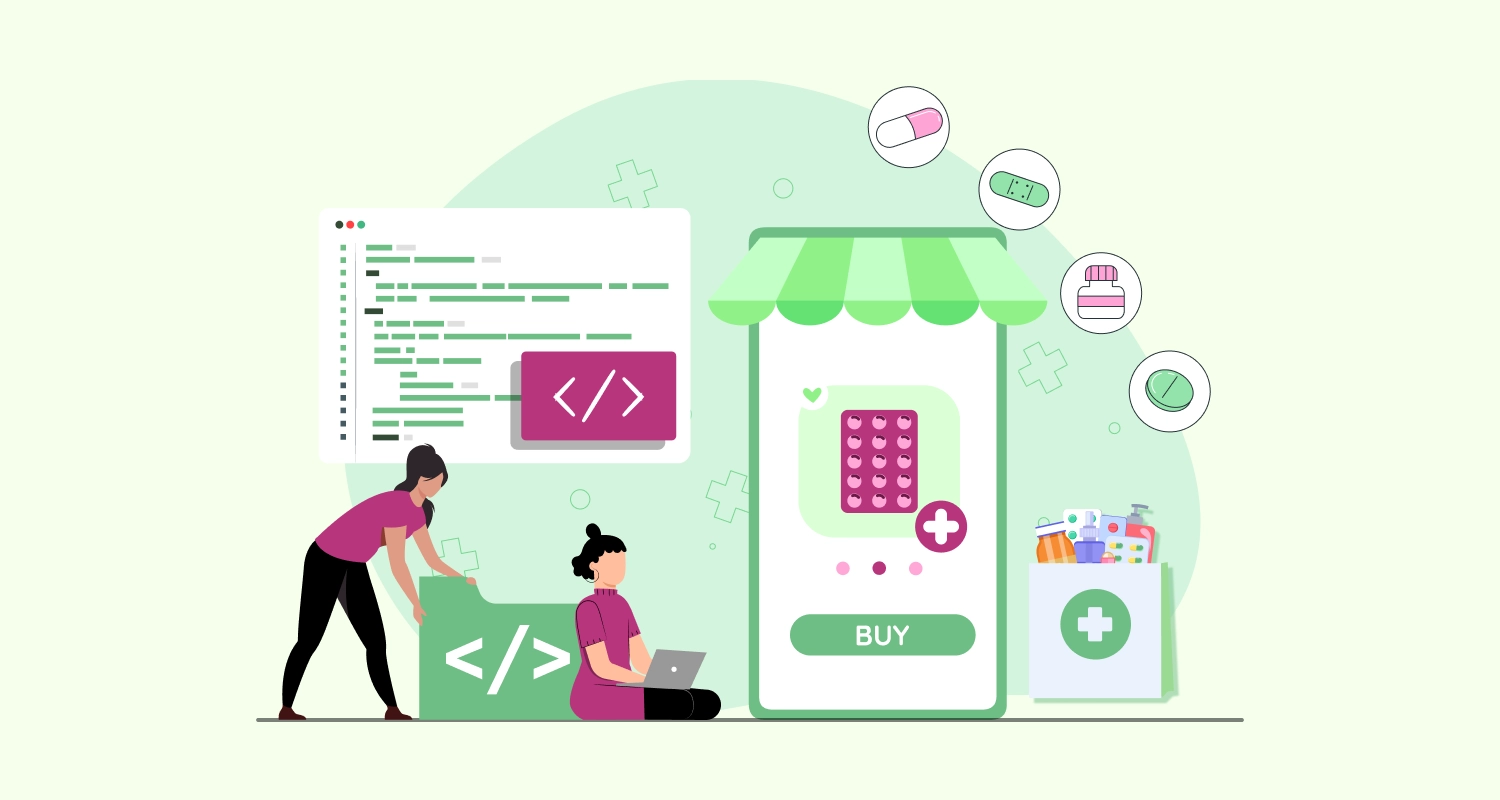How many times you really found the text to be too big for an app? Or, how many times it occurred that you just found the font to be totally out of place for a comfortable reading experience? Well, such instances prove that typographic mistakes occur at the cost of user experience and many apps and websites suffer from them.
Whether it is the internet or mobile apps, it is the content that comes at the very forefront. Typography plays a great role in presenting this content, making them readable and making content meaningful as per the intent and context. Naturally, any mobile app design service needs to take extreme care about using the right font, the right size, and other typographic considerations.
Let us provide here detailed guidance about using the perfect typography for optimum UI design output.
What Really is Typography?
Typography to be very precise is the art or science of presenting written text in an organized manner through the appropriate use of font type, sizes, spacing, and other elements. The actual goal of typography is to ensure optimum readability and visual experience of the written content.
Typeface
A typeface is basically the symbols, numbers, letters, and characters sharing similar visual features. For instance, Times New Roman typeface has a feature that us consistently visible across all symbols, letters, numbers, and characters when it is used in written text.
Font
The font is often used synonymously in place of a typeface in spite of a subtle difference. When a typeface is set with a specific size, height or style, it is called a font.
Since mobile devices are used on the go and often users need to access content on a smaller screen, the font size should be adequate enough to ensure easy readability. According to Apple’s Human Interface Guidelines, the recommended size of the body text should be at least 17pt. For an Android app development company, this recommendation is a little different. According to Google’s Material Design guidelines, the same should be at least 16sp which is equivalent to 16pt in iOS.
Line Length
A crucial typography design element the designers should give priority is line length. Line length basically refers to the space covered by the text block within the left and right margin. The line length is measured by the number of words in a line.
Line Spacing
Line spacing which is also called “Leading” is the distance separating two baselines.
Kerning
Kerning refers to the space between two specific letters or characters.
Tracking
Tracking or letter spacing is another crucial typography element that is widely used by the UI designers to deliver better user experience. Kerning basically refers to the space between two separate text blocks.
White Space
White space or blank space or negative space refers to the vacant area within a design where no active visual elements are there. Though it remains passive in the design scheme, it plays a great role in grabbing the attention and making typography readable and in augmenting the visual elements of the design.
Mean Line and Baseline
In most cases, the typographic characters are positioned along a straight line to create an organized presentation of the text. In such a presentation, the key typographic tools that help designers achieve optimum readability are mean line and baseline. While the mean line limits the top of the body of characters, the baseline sets the limits of the bottom of the character body. These lines are used by designers to ensure design consistency but remain invisible when the design is done.
Typographic Hierarchy
Hierarchy in typography is incorporated to prioritize content and guide users’ attention in an intended way. To use hierarchy in typography, different fonts, a variety of combinations of typefaces, sizes and colors are used. UI designers always use typographic hierarchy to create a sense of urgency, to give priority to some clickable elements or call to action buttons, to ensure more prominence to certain content parts and to attract attention to some functions or features.
Headline Size
For achieving higher contrast and for using typography as a robust design element, these days UI designers often use large-sized headlines. By maintaining optimum contrast with the body text large headers often give users a good experience when “at a glance” readability is important.
But UI designers also need to be careful about using this design element as this can stretch lines too much on a small screen and thus can hamper readability and visual experience. Choose headline size that fits body text and doesn’t cross more than 2 or 3 lines.
Contrast
To maintain optimum readability and crisp visual experience maintaining proper contrast between the typographic elements and background is equally crucial. This is why it is recommended to follow the WCAG 2.0 Contrast Standards and ensure text over images appear with optimum contrast. To check your contrast you can use some useful plugins such as Sketch, Adobe XD or Figma.
Choosing System Fonts vs Commercial Fonts
At present, the UI designers for iOS have two system fonts at their disposal, respectively San Francisco and New York. On the other hand, on Android Roboto remains to be the system font for UI designers. These system fonts are popular because they give your app UI more consistency with typographic design elements. The only drawback of these fonts is that they cannot make your typography look unique from other apps of the platform.
Commercial fonts are opted by UI designers only to satisfy their ambition to achieve a unique look and feel with typography. In spite of all the uniqueness that you get from these fonts, they also pose the danger of looking inconsistent and incoherent in your UI design scheme. This is why it is recommended to Consider all the technical shortcomings and challenges associated with every font before using them.
You may like this: Cost to Design a Mobile App
Conclusion
Don’t take typography for granted. Give as much attention as other UI design elements and always give utmost priority to mobile readability and visual experience. This is how you can use the best typography for your mobile app UI design.







